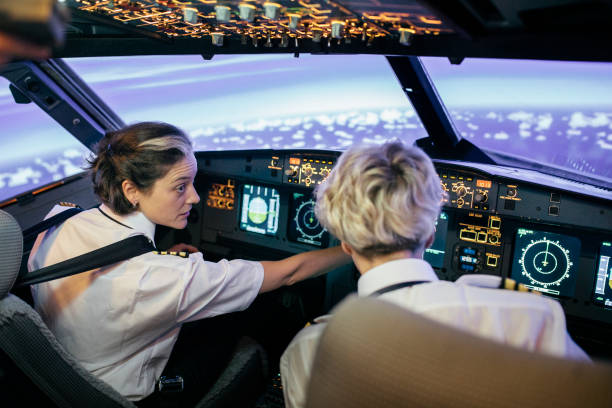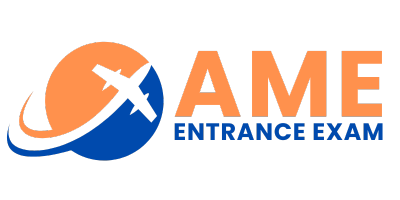An Aircraft Pilot is a person who controls the flight of an aircraft by operating its directional flight controls. A pilot is a person who flies the aircraft, he/she is someone who is in the aviation industry, and who is able to operate aircraft in order to transport passengers or goods. The type of aircraft used depends on the pilot’s specialization. Some pilots fly helicopters while others fly larger commercial aircraft to transport tens or even hundreds of passengers. Other pilots fly cargo planes to move large amounts of mail, automobiles, industrial equipment and other goods from one area to another. Civilian pilots fly aircraft of all types privately for pleasure, charity, or in pursuance of a business, or commercially for non-scheduled (charter) and scheduled passenger and cargo air carriers (airlines), corporate aviation, agriculture (crop dusting, etc.), forest fire control, law enforcement, etc. When flying for an airline, pilots are usually referred to as airline pilots, with the pilot in command often referred to as the captain.
There were 290,000 airline pilots in the world in 2017.

COMMERICAL
Scope
Becoming a Pilot makes you a better planner decision maker; you will learn to be patient, with sense of urgency.
They tend to be realistic individuals, which mean they’re independent, stable, persistent, genuine, practical, and thrifty. They like tasks that are tactile, physical, athletic, or mechanical. Some of them are also investigative, meaning they’re intellectual, introspective, and inquisitive.
DGCA Pilot Licensing Examination
- Air Regulation
- Air Navigation
- Aviation Meteorology
- Technical General (Aircraft and Engines)
DGCA conducts online exams for CPL License
Passing 70%
Types of Licenses
- Student Pilot license (SPL)
- FRTOL
- Radio Telephony Restricted. (RTR)
(The Department of Telecommunications of the Govt. of India conducts the Test for Radio Telephony Restricted License, as per published schedule). - Commercial Pilot License (CPL).
PPL (Private Pilot License)
The PPL is the initial start to your career in Aviation. This allows you to do private flights, and to train further for a Commercial Pilot License (CPL) in order to work commercially as a pilot. Extensive training is done on full time basis.
Instrument Rating (IR)
An Instrument Rating (IR) is the Rating that will allow you to fly in Instrument Meteorological Conditions (IMC). These are conditions of poor visibility, low cloud base and generally adverse weather. The Rating qualifies you to fly an Aircraft relying solely on its Flight Instruments.
Commercial Pilot License (CPL)
Your training continues with a commercial single-engine certificate, which takes you into the world of flying professionally. Next up is a commercial multi-engine rating. Having a multi-engine rating allows pilots to start training on specific commercial aircraft, including larger jets used by airlines.
The next step for most pilots is to become a Certified Flight Instructor (CFI). Being a CFI provides you with a number of advantages: you can earn money while you continue to perfect your pilot skills all while building flight hours to meet minimum airline hiring requirements.
Pilots in the United States must have 1,500 flight hours before they are eligible to receive their Airline Transport Pilot (ATP) certificate. Don’t forget about sightseeing, banner towing, crop-dusting or surveying flights, too.
Eligibility criteria
Candidate should pass 10+2 with Physics, Chemistry and Math from any recognised board.
Adequate competency in the English Language is required.
Pilots must have normal colour vision, distance acuity no worse than 20/70 in each eye correctable to 20/20, near vision 20/20 without correction, and meet other refraction and astigmatism requirements. Corrective eye surgery may also disqualify applicants for pilot or other specific roles.
Minimum age – 17 years
To become a pilot, you have to go through a Medical Examination which can only be done by DGCA approved Doctors:
- Class I (Before Issuing you CPL license).
- Class II (Before joining any Flying training School).
Note: It is mandatory to clear both Medical Exams to become a pilot











